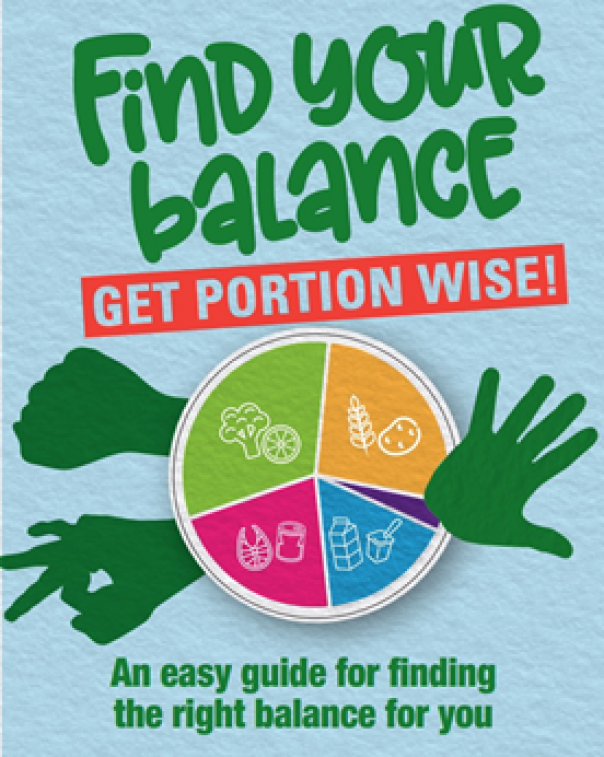New BNF guide to portion control

Offering advice on which foods to eat, how often and in what quantities, the three, free resources have been compiled by BNF nutrition scientists and are designed to ‘complement’ the government’s ‘Eatwell Guide.’
As such, ‘simple, easy-to-use’ symbols help consumers estimate how much of each food group they should be eating, without having to physically weigh the foods.
Guidance is based on an average daily calorie allowance of 2000kcal, and includes the following food groups:
- Fruit and vegetables – 5+ portions per day
- Starchy carbohydrates – 3-4 portions per day
- Protein foods – 2-3 portions per day
- Dairy and alternatives – 2-3 portions per day
- Unsaturated oils and spreads – small amounts
BNF nutrition communications manager, Bridget Benelam, explained: “More often than not, portion size is not something people give much thought to.
“The amount we put on our plate typically depends on the portion sizes we are used to consuming, how hungry we feel and how much is offered at a restaurant table or in a packet/ready meal.
“Nonetheless, in order to maintain a healthy weight, we should ensure that our diets contain the right balance of foods, and in sensible amounts. This isn’t just about eating less; it’s about eating differently.
“When researching the portion size guidelines, (BNF) looked at data from the National Diet and Nutrition Survey on food consumption, and found that there was a lot of variation in the portion sizes people reported eating.
“Our suggested portion size for cooked pasta is 180 grams (254kcal) but, for example, when we looked at portion sizes for spaghetti, the most commonly consumed size was 230 grams (324kcal) and about 10% of the sample we looked at were consuming 350 grams as a portion, which would provide nearly 500 calories before sauces and sides were added to the meal.
“While the types of different food and drinks we need apply to all healthy adults, we understand that no two individuals are the same and the amount of food we need varies from person to person.
“If you’re tall or very active, you may need more and could have larger portions; if you have a slighter build or are trying to lose weight, you may need smaller portions.”
The fridge poster, booklet and longer digital resource are all available now via https://www.nutrition.org.uk/login.html.
